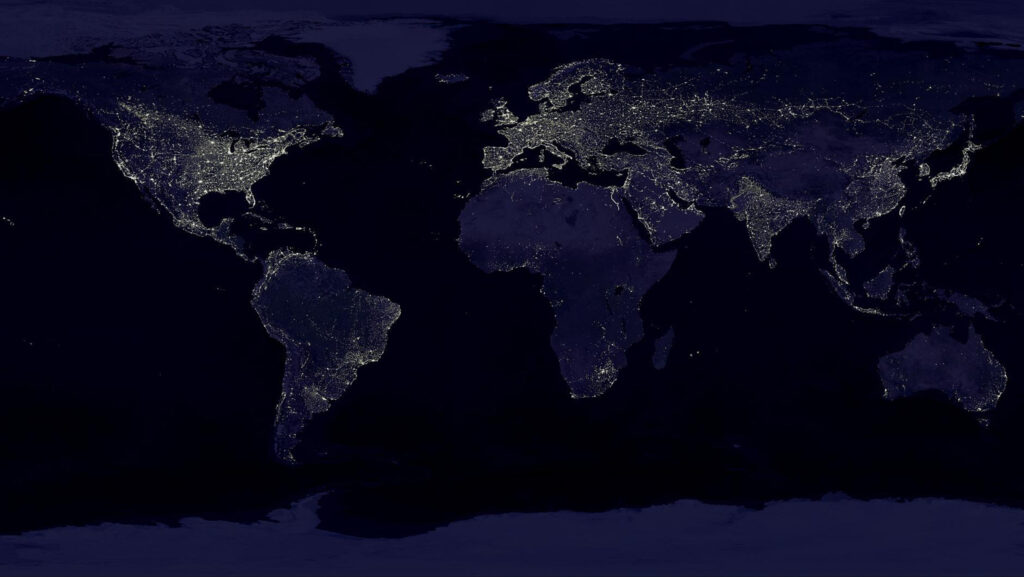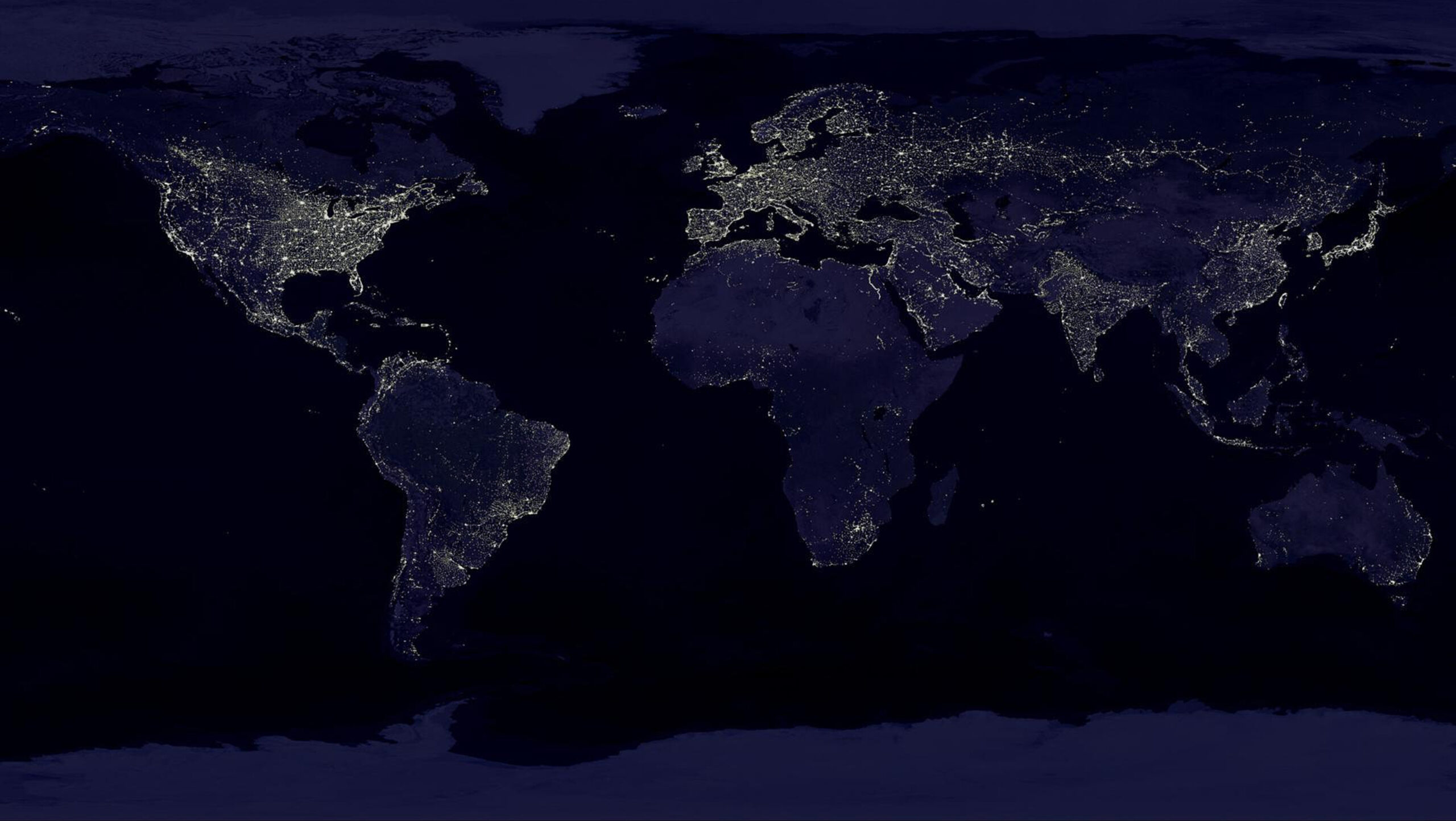| Advocate | International Dark-Sky Association |
| Location | Worldwide |
| Date | 1988-present |
| Founders | Dr. David L. Crawford, Dr. Tim Hunter |
| Funders | Membership dues; Gildea Foundation Grant; National Science Foundation Grants; Pauley Foundation Grant; Southwest Parks and Monuments Association Grant |

The earth at night. Photo: Visible Earth/NASA
Throughout the ages, mankind was concerned with keeping the darkness at bay through fire, lamps and electrical lights. But in the last century, a reversed trend has emerged to bring back the night sky. Simply put, darkness is vanishing in the face of pervasive, and often unnecessary lighting. Several organizations—
scientific and otherwise—have started programs to combat the spread of light pollution.
The International Dark-Sky Association is the oldest organization dedicated to reducing light pollution. Founded in 1988, it strives to turn down the lights on excessive energy use. Their initiatives range from education and advocacy to industry specifications. The organization works with local governments to establish lighting ordinances and enforcement in places such as Hawaii, New Hampshire and Italy.
Why is light pollution a problem? Apart from the environmental drawbacks of increased energy use due to inefficient and misdirected lighting, and the decreased visibility of the stars at prime astrological viewing sites, light pollution also has a number of adverse biological effects on humans and wildlife. Environmental Health Perspectives, a monthly, peer-reviewed journal published by the National Institute of Environmental Health Services and dedicated to the effect of the physical environment on human health, featured a study linking disruption of circadian rhythms, insomnia, depression, cancer and cardiovascular disease with excess light. The American Medical Association adopted a resolution in 2009 that supported the reduction of light pollution.
In addition, many types of wildlife, particularly those that are nocturnal, are also severely affected. The effects include vulnerability to predators as well as disruption in mating cycles and migration patterns.
















READ OR LEAVE A COMMENT